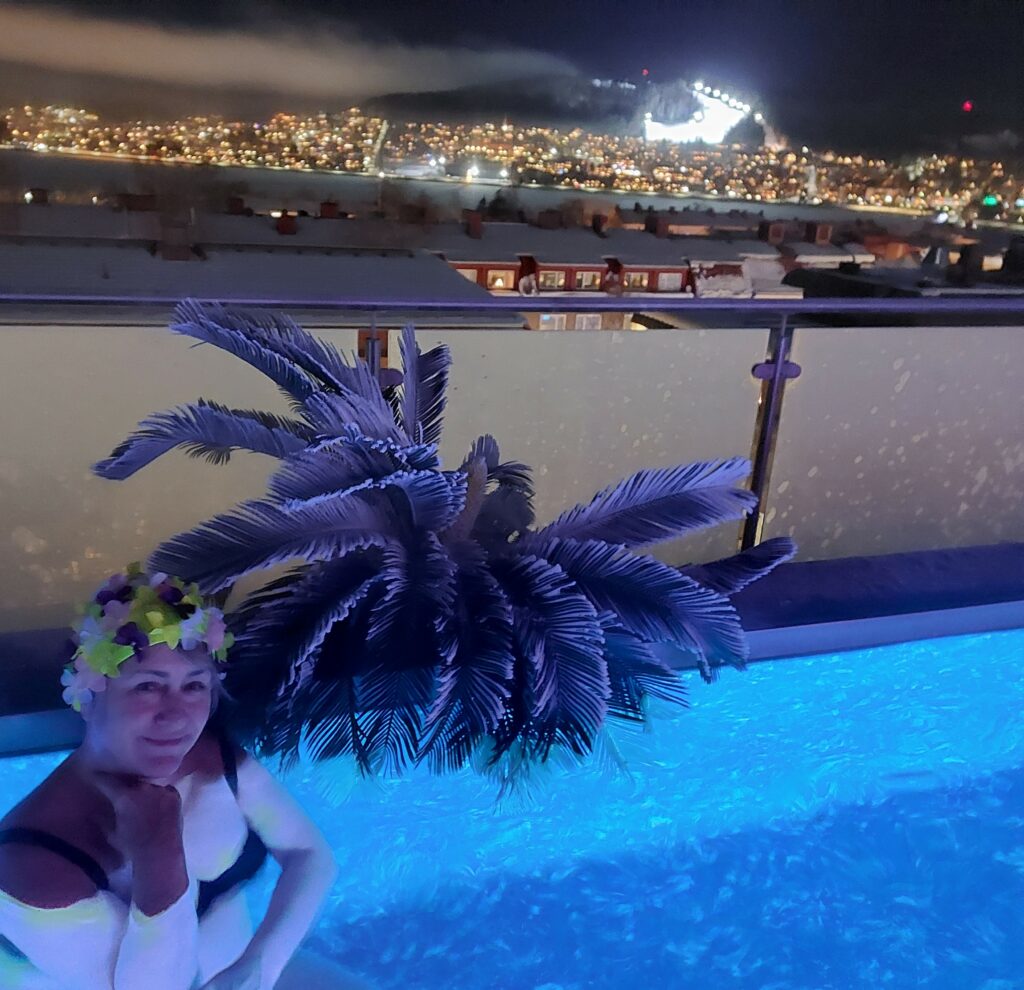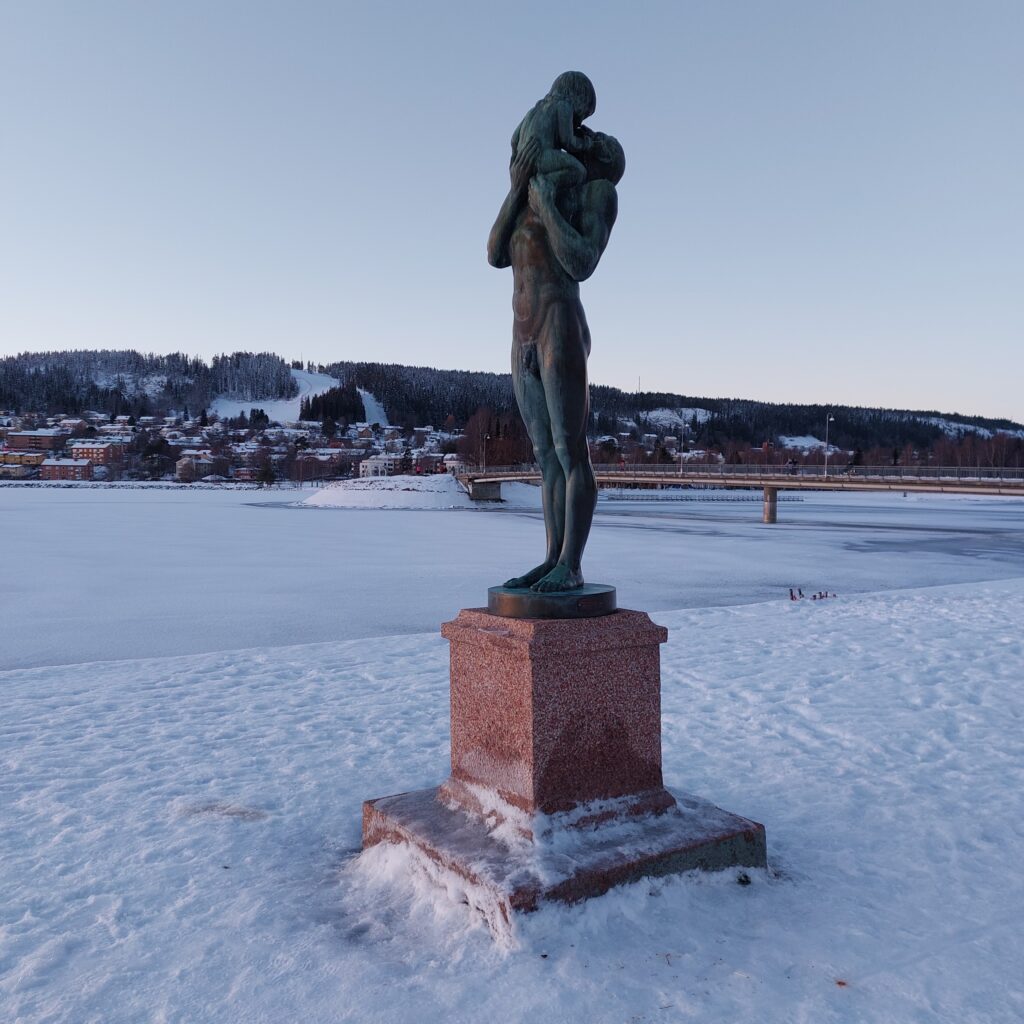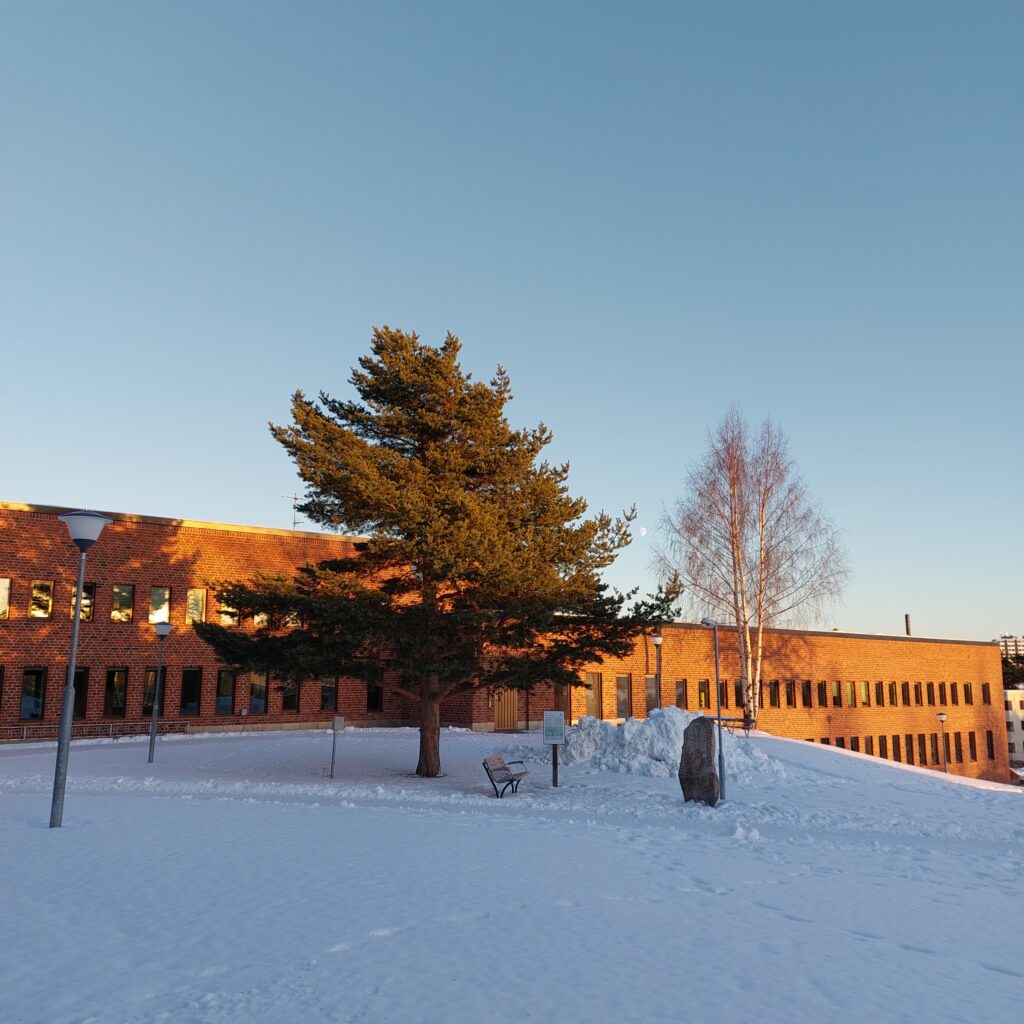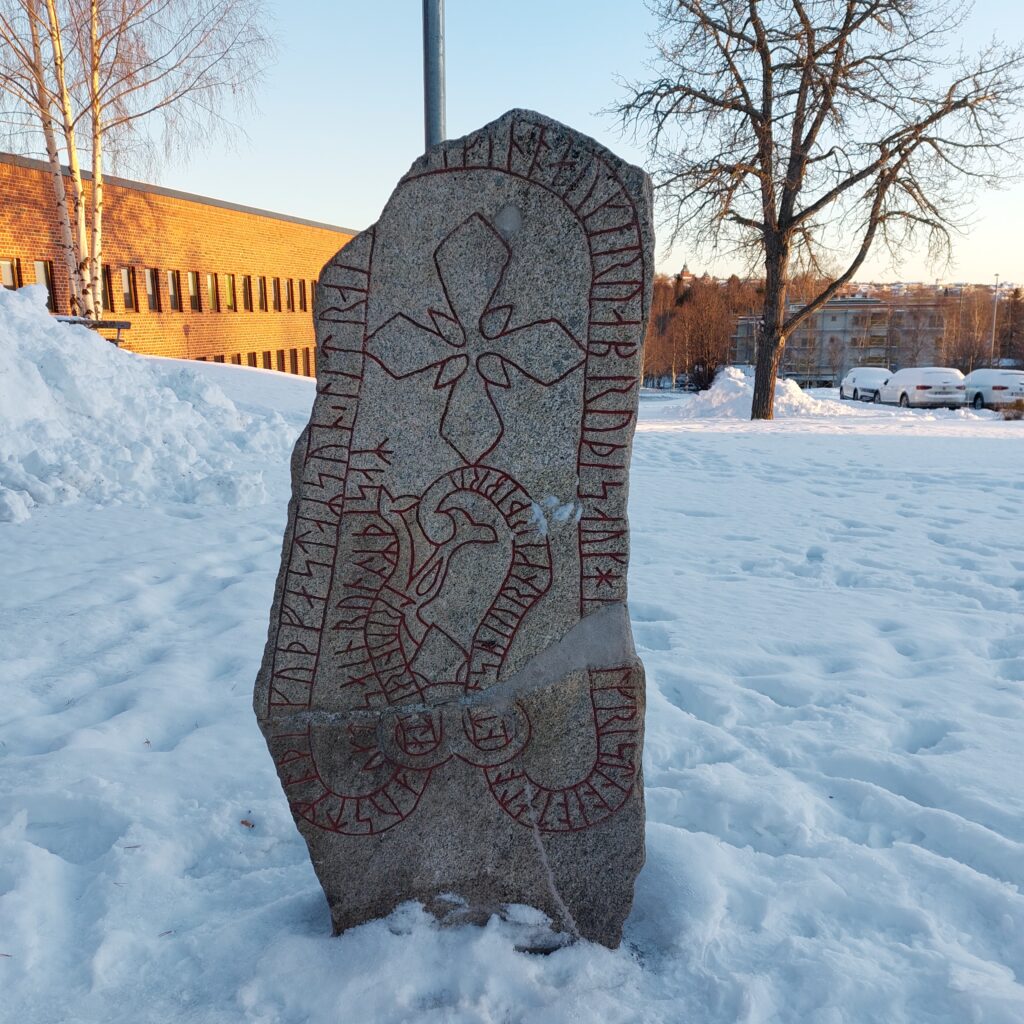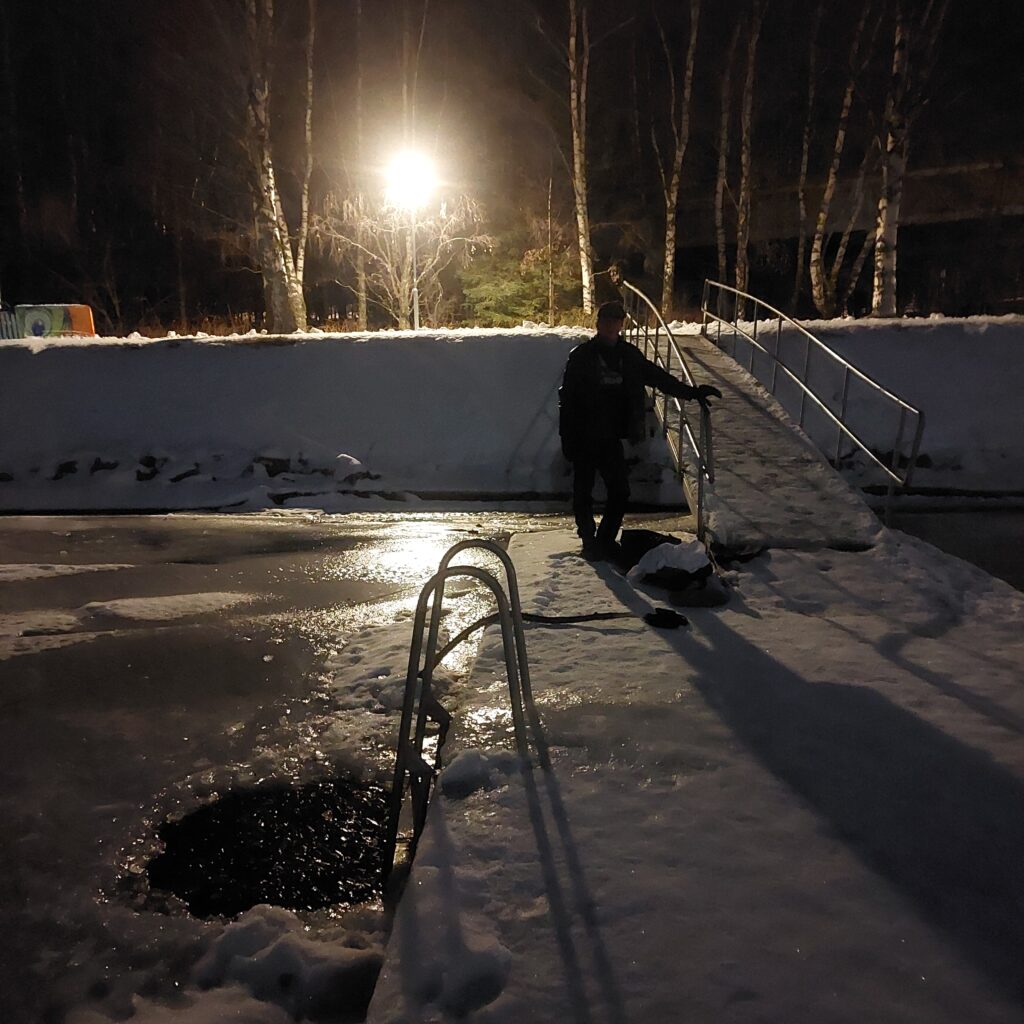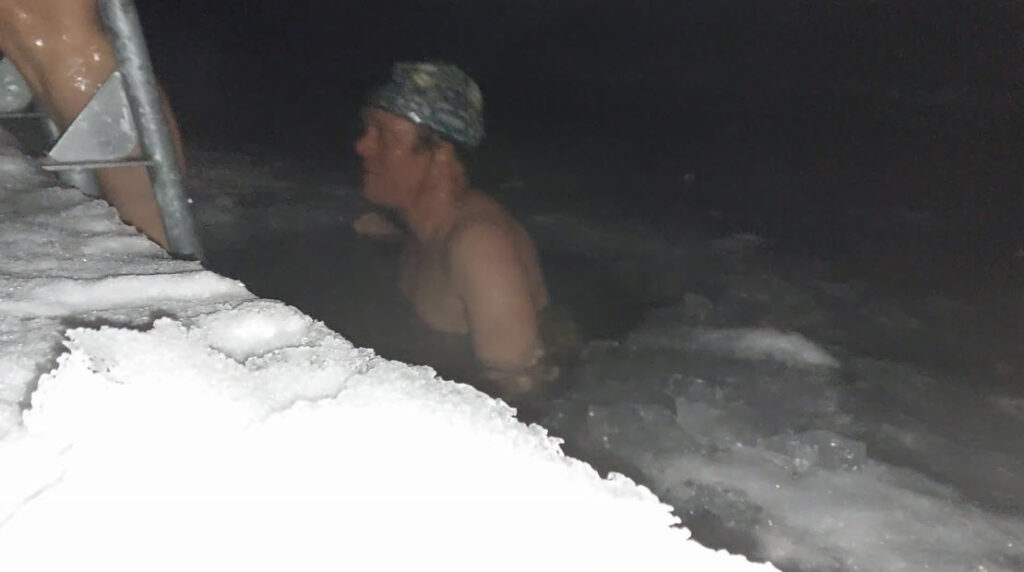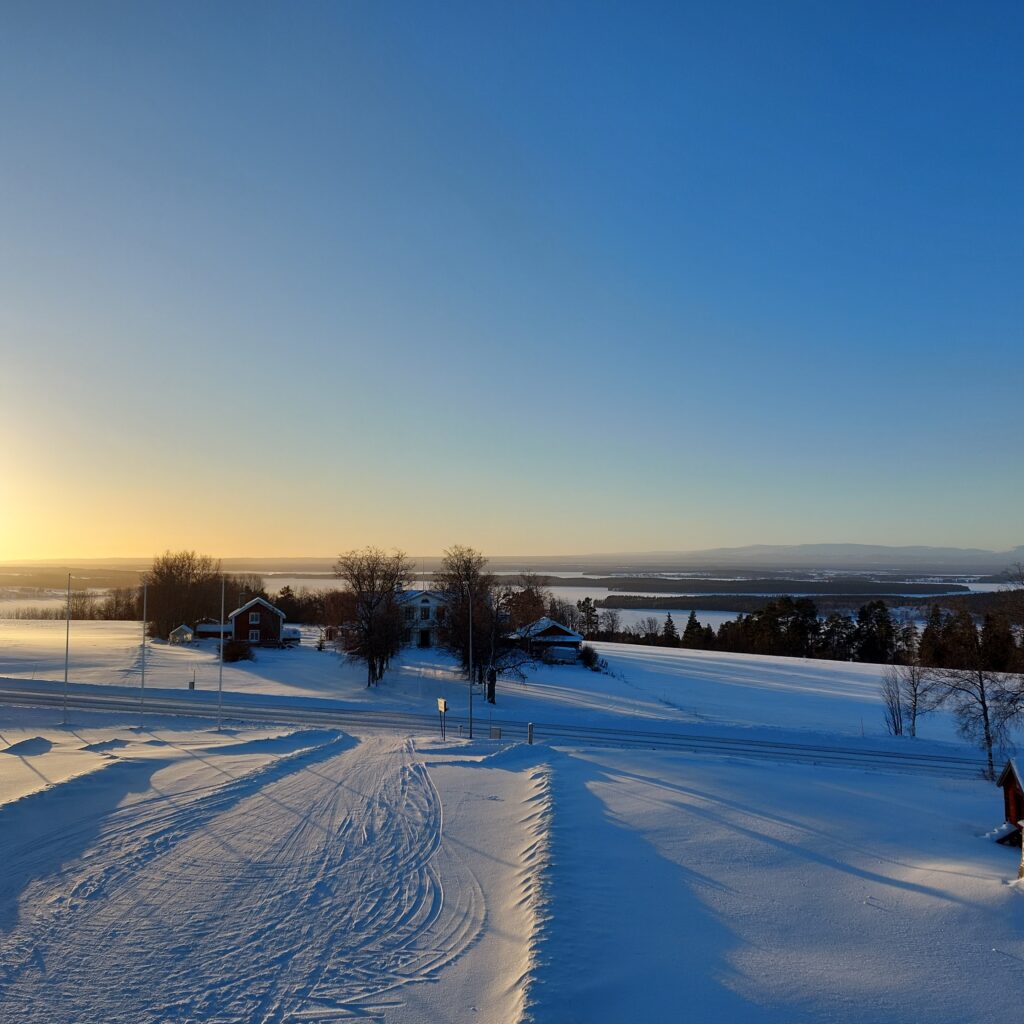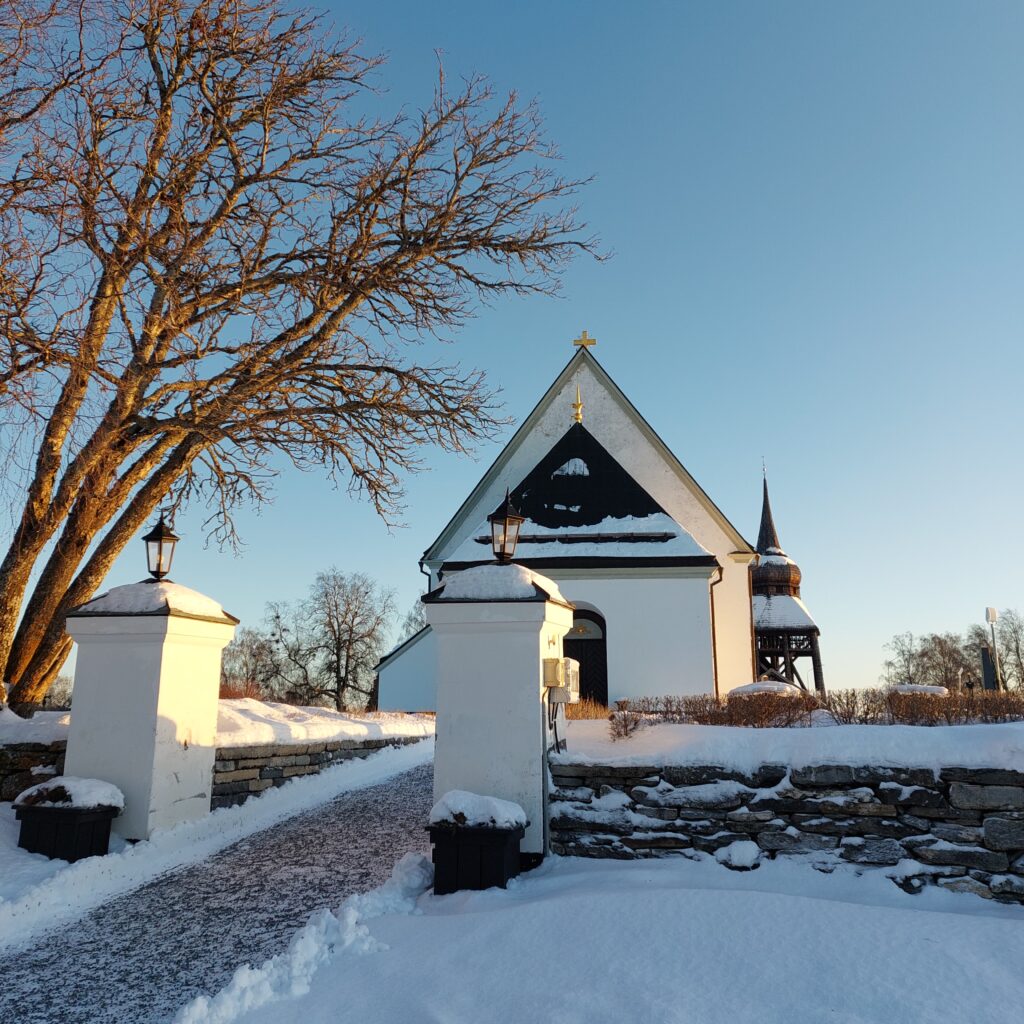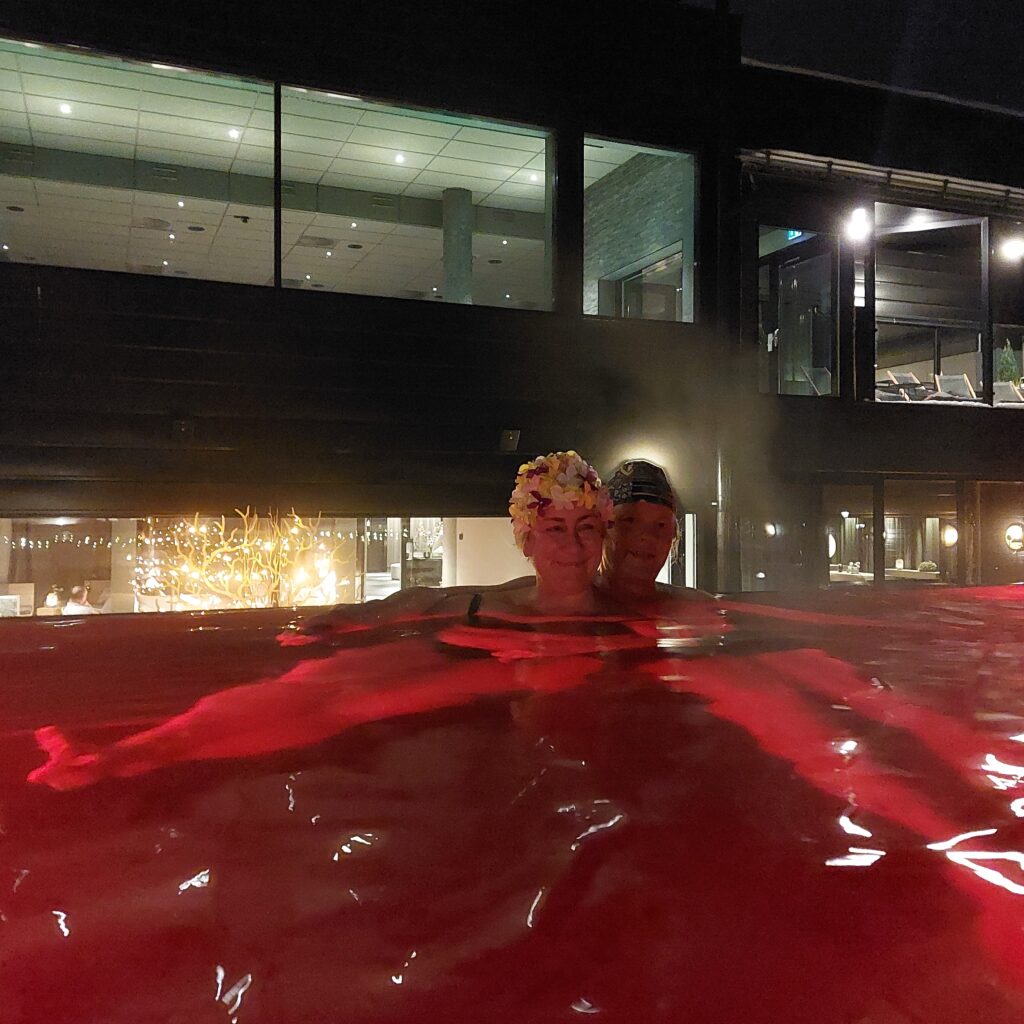Östersund is the only city in Jämtland County, and the fourth largest city in Norrland after Umeå, Gävle and Sundsvall. Originally, the area was populated by Norwegians, but it has been Swedish since 1645. The town was founded by King Gustav III in 1786. One reason was military strategy. As Sweden now was no longer an imperium, it could be useful to have a fortified city up north, in Jämtland. The most important reason, however, was the desire for stronger control over the trade. The creation of a city in Jämtland was supposed to increase the supply of goods to Sweden’s east coast, which had been short of supplies for a long time. In addition, it was said that the Jämts spent so much time on long trade journeys (to Norway) that they neglected their farms. Not good!
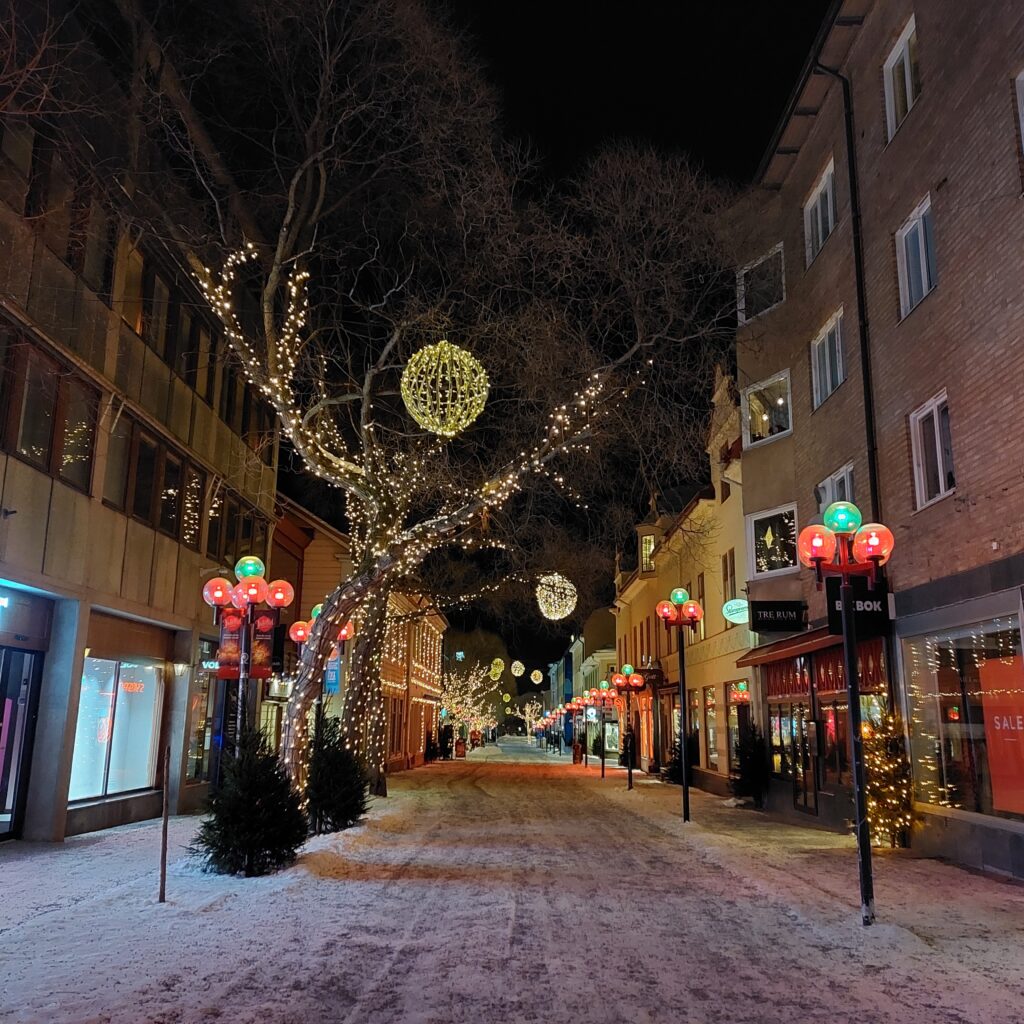
The Jämts ran an extensive and profitable trade, and they did not think it was a good idea that the state should channel all trade to the new city. The expression ‘bällt du luur’n‘ (did you manage to trick him) is supposed to come from the Jämt’s inveterate struggle to avoid paying customs duties on goods imported from Norway. The result was that Östersund remained a small town for a long time, while the village from the Viking Age at Frösön, retained its place as the county’s largest settlement.
There was no significant population growth until the arrival of the railway in 1879, but from then on, Östersund has had the role of not only beeing Jämtland’s Centrum, but also Sweden’s (geographical) centre. The name comes from the location by Frösön’s eastern strait.
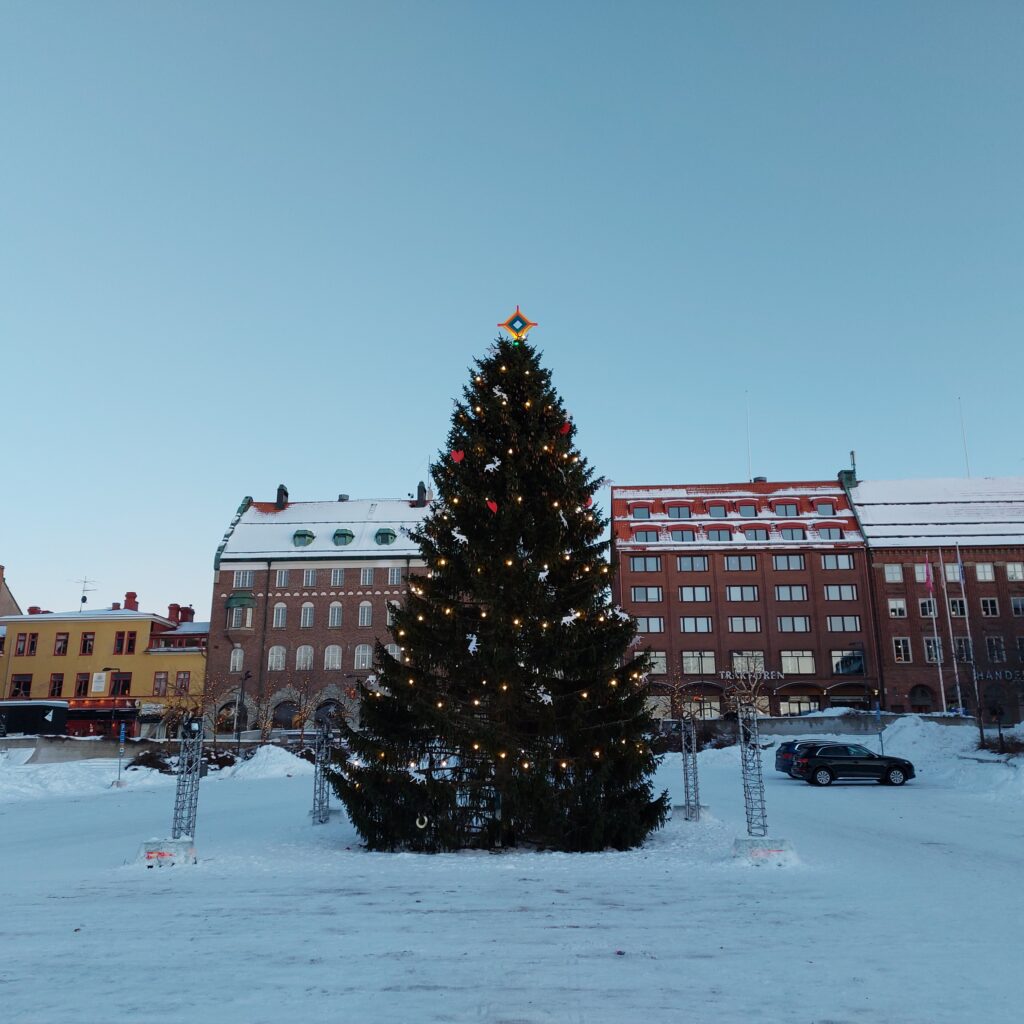
In 1993 (after our wedding in the Student Society’s Big Hall in Trondheim), we went to Östersund for our honeymoon. We thought it was great! From a tip at the hotel, we went to the fondue restaurant ‘En Liten Röd’ to celebrate the following day. Of course, we had to repeat the operation 30 years later, in 2023. No doubt.
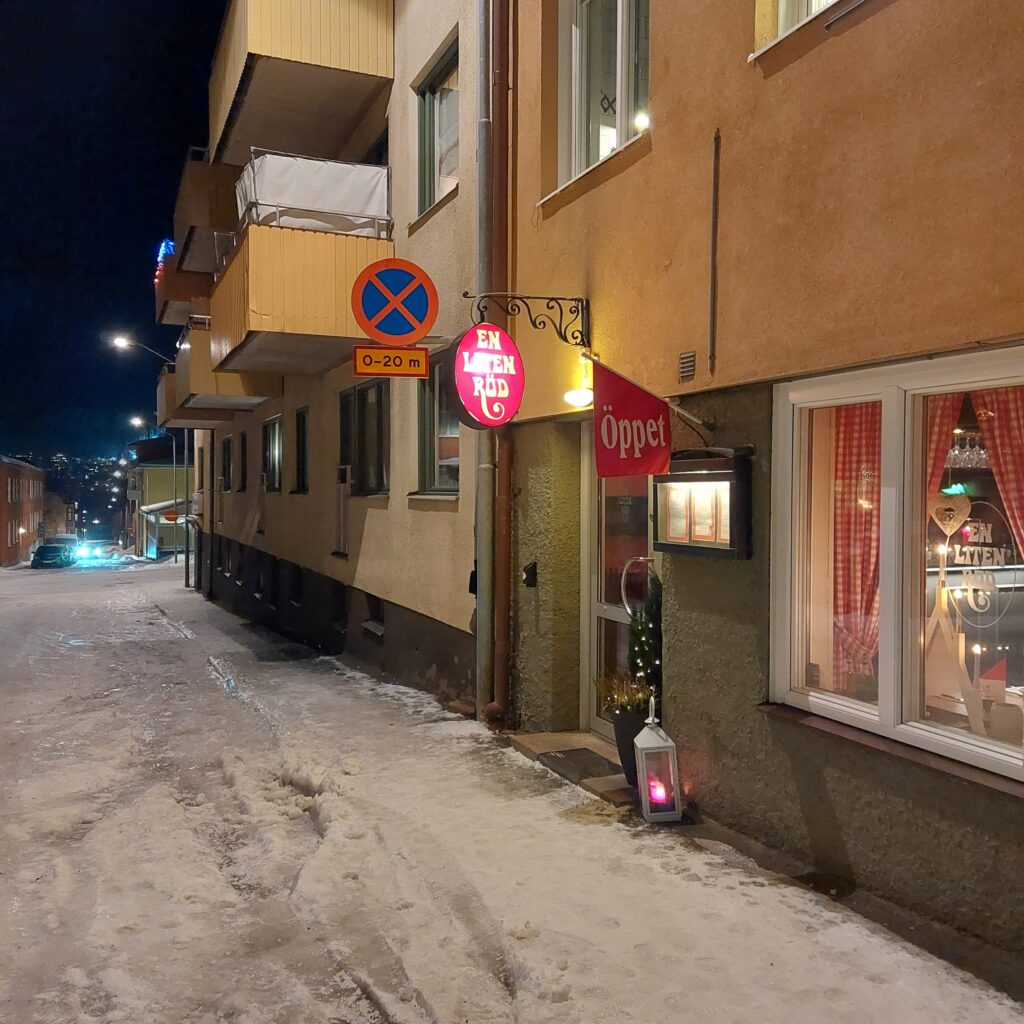
It is a little risky, though, stepping down old tracks. In the meantime, we have introduced our own fondue dinner at home – just as we remembered it in 1993. But is it really the same? We have tried several times to copy dishes from restaurants we have visited – and when we return, we have often been disappointed! After all, we adapt the dishes to the way we like the food best.
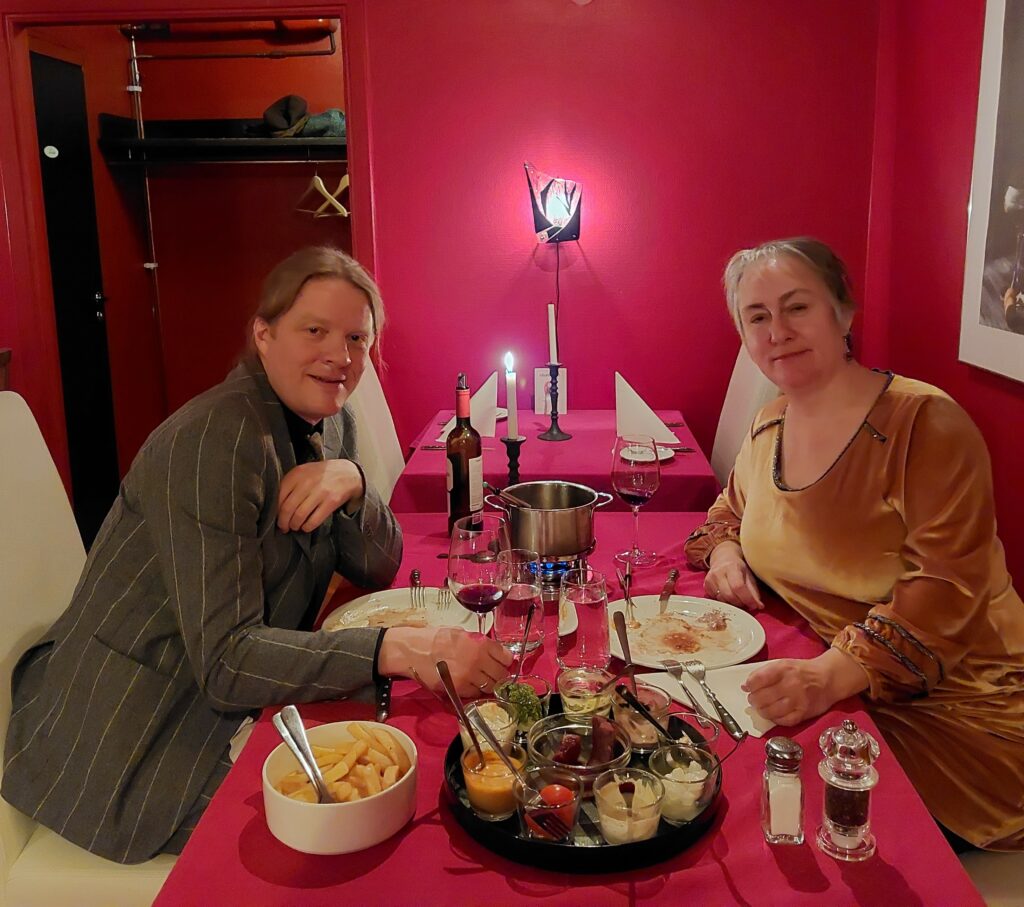
But Yes! It was good to be back again! Different from our home fondue, but very, very good. NB! If you even consider making red wine fondue yourself, you MUST mix oil and red wine BEFORE you start heating. We know someone who threw a glass of red wine into the oil while it was heating up, and that was certainly not a good idea. The newly washed kitchen – ready for Christmas Eve – suddenly covered with oil and red wine. NOT recommended.
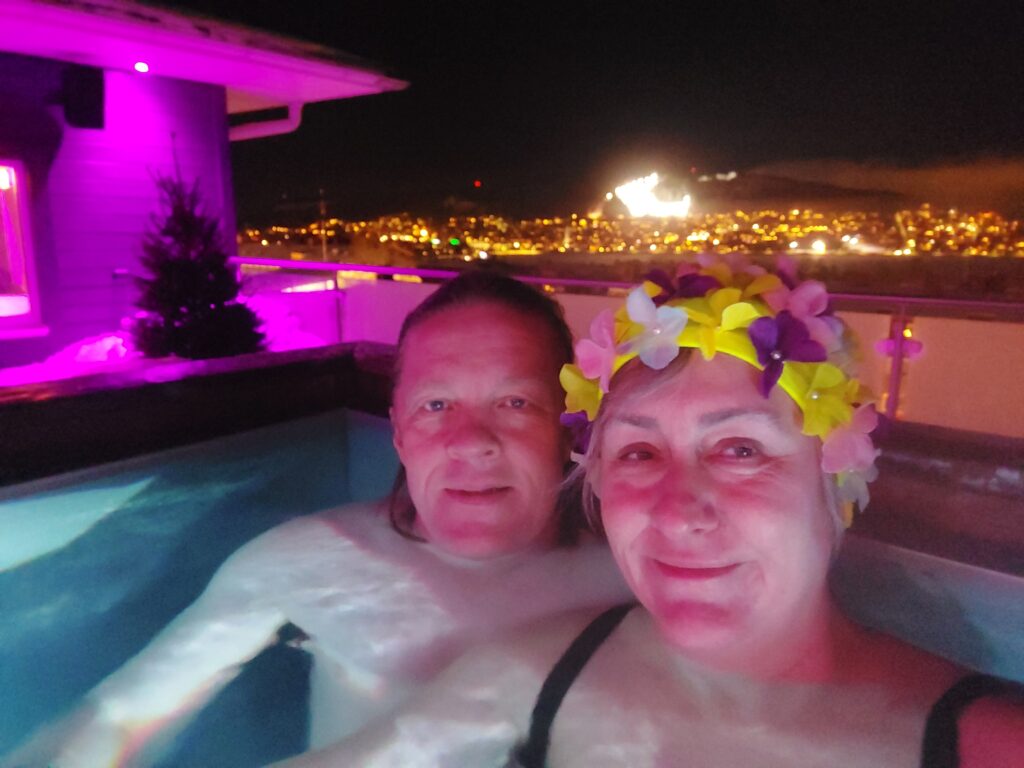
On the wedding day, a warm SPA bath is just right after the red wine fondue. Hot bath (over 42 degrees celcius!) outdoors in minus 10 degrees Celsius, that’s splendid! And the unique Östersund Palm Tree seems to be doing quite well, despite being completely covered by ice.
